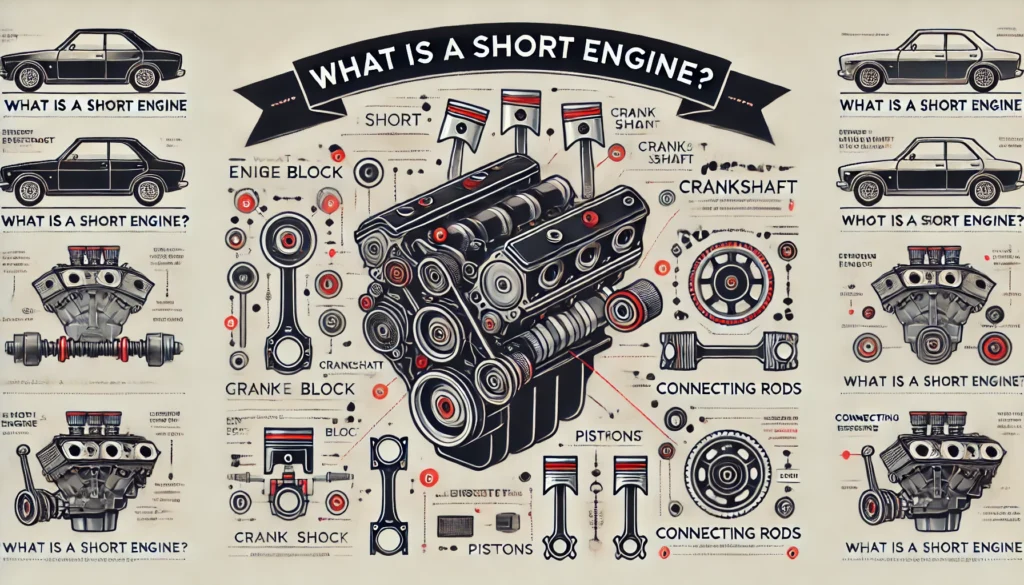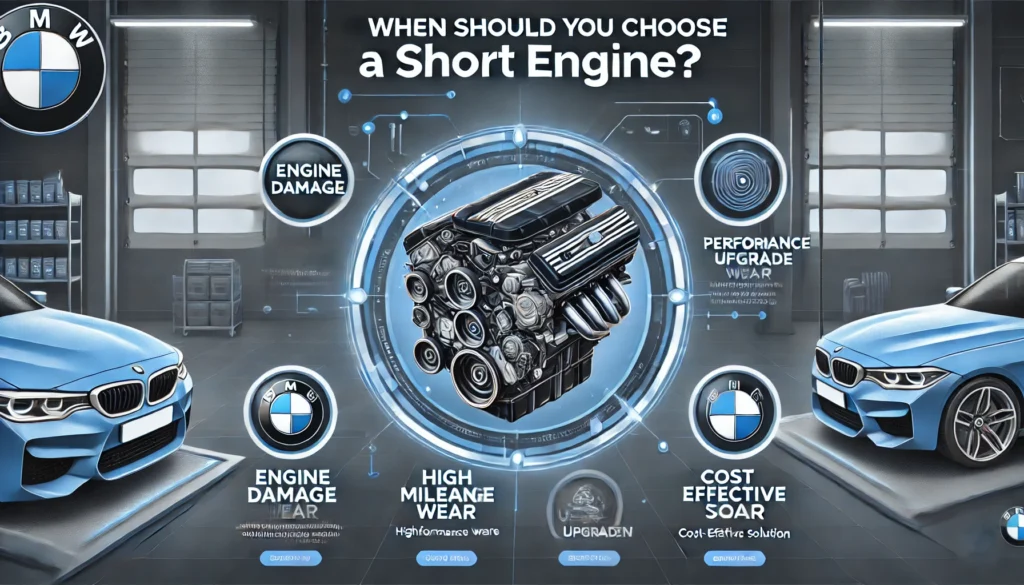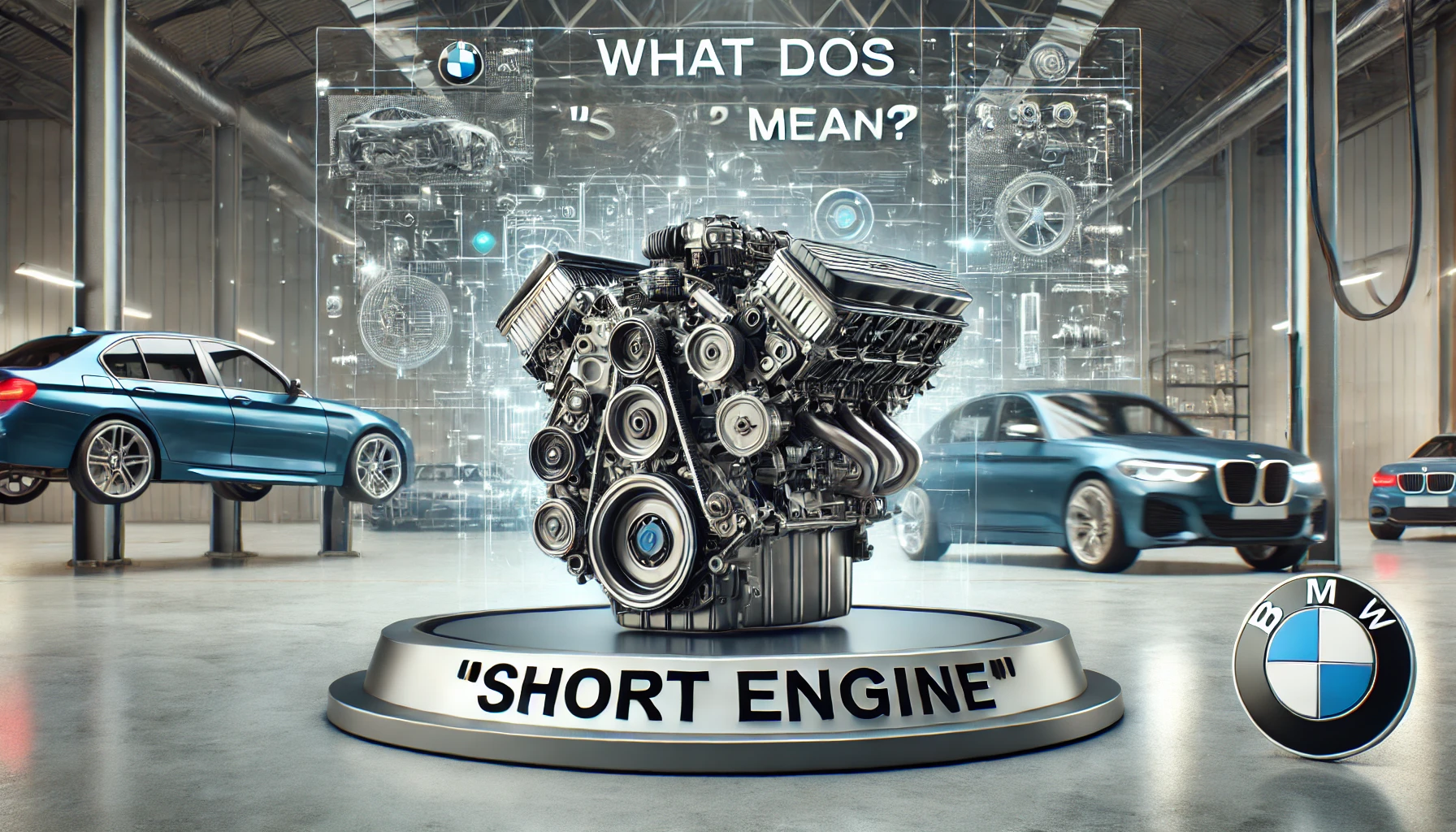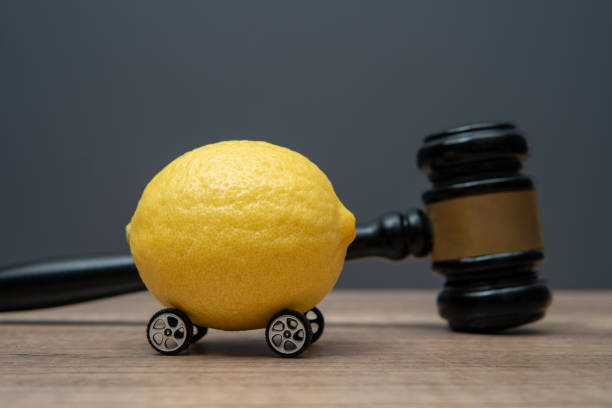If you’re into cars or engines, you might have come across the term “short engine” and wondered what it actually means. Well, I’ve been there too! When I first heard it, I thought it was a smaller version of a regular engine. But that’s not exactly the case.
In this article, I’ll break down what a short engine is, how it differs from other types of engines, its advantages, disadvantages, and when you might need one. If you’re considering an engine rebuild or replacement, this guide will help you make an informed decision. So, let’s dive in!
What is a Short Engine?

A short engine (also called a short block) is a partially assembled engine that includes the lower half of the engine but lacks key upper components like the cylinder head, intake, and exhaust systems.
What’s Included in a Short Engine?
A typical short engine consists of:
✅ Engine Block – The main structure that houses the cylinders.
✅ Crankshaft – Converts the pistons’ up-and-down motion into rotational power.
✅ Pistons and Connecting Rods – Move inside the cylinders to generate power.
✅ Bearings and Seals – Help reduce friction and keep components running smoothly.
What’s NOT Included in a Short Engine?
🚫 Cylinder Head – The top part of the engine that houses the valves.
🚫 Camshaft – Controls the opening and closing of the valves.
🚫 Intake and Exhaust Systems – Deliver air and fuel while removing exhaust gases.
🚫 Timing Components – Like the timing chain or belt.
So, if you buy a short engine, you’ll need to transfer or purchase separately the missing parts to complete the engine build.
Also Read: Shortengine.Com – Your Go-To Platform for Tech Insights!
Short Engine vs. Long Engine vs. Complete Engine
To understand how a short engine fits into the bigger picture, let’s compare it to other types of engines:
1. Short Engine (Short Block)
- Includes: Engine block, crankshaft, pistons, connecting rods.
- Missing: Cylinder head, camshaft, timing components, and accessories.
- Best for: Engine rebuilds where the top half is still usable.
2. Long Engine (Long Block)
- Includes: Everything in a short engine PLUS the cylinder head, camshaft, and valve components.
- Missing: Intake, exhaust, fuel system, and external accessories.
- Best for: Those who want a more complete engine but still need to transfer some parts.
3. Complete Engine (Turnkey Engine)
- Includes: Everything needed to run, including the fuel system, alternator, and accessories.
- Best for: A full engine replacement with minimal installation effort.
So, if your engine’s bottom half is damaged, a short engine is a great option. If you need more components, a long engine might be a better choice.
When Should You Choose a Short Engine?

There are several situations where a short engine makes sense:
1. Your Cylinder Head is Still in Good Condition
If your engine block or crankshaft is damaged but your cylinder head is fine, a short engine allows you to reuse the top part and save money.
2. You’re Doing a Partial Engine Rebuild
If only the lower engine components need replacement, a short engine is a cost-effective solution instead of replacing everything.
3. You Want a Custom Engine Build
Many performance car enthusiasts buy a short engine and customize the top-end components for better horsepower and efficiency.
4. Budget Constraints
A short engine is cheaper than a long engine or a full replacement. If you want to rebuild your engine in stages, starting with a short engine is a smart approach.
Advantages of a Short Engine
Why would someone choose a short engine instead of a long engine or a full replacement? Here are some key benefits:
✅ Cost Savings
- Short engines are cheaper than long engines or complete engines.
- If your cylinder head and other parts are reusable, you save a lot of money.
✅ More Customization Options
- You can choose your own cylinder head, camshaft, and other parts for a personalized build.
- Ideal for performance tuning and racing applications.
✅ Lighter and Easier to Transport
- A short engine is smaller and lighter than a long engine, making it easier to ship and handle.
✅ Great for Rebuilding Engines
- Instead of buying a whole new engine, you can replace just the worn-out parts and restore your engine’s life.
Disadvantages of a Short Engine
While short engines have their benefits, there are some downsides:
❌ Requires Additional Parts
- You’ll need to buy or reuse the missing components like the cylinder head, camshaft, and timing system.
- This means more work and potential extra costs.
❌ More Installation Effort
- A long engine or complete engine is easier to install since it includes more components.
- A short engine requires additional assembly before it’s ready to run.
❌ Risk of Compatibility Issues
- If your old parts aren’t in good condition or don’t fit perfectly, you might need to buy new ones, increasing costs.
How to Choose the Right Short Engine?
If you decide a short engine is the right choice for your vehicle, keep these factors in mind:
🔹 Check Compatibility
- Make sure the short engine matches your vehicle’s make, model, and year.
- Some engines have different variations, so confirm the specs before buying.
🔹 Buy from a Reputable Supplier
- Purchase from trusted dealers, manufacturers, or rebuild specialists.
- Look for warranty options to protect your investment.
🔹 Inspect the Condition
- If you’re buying a used short engine, check for cracks, wear, and damage.
- A rebuilt or remanufactured short engine is often a better choice than a used one.
🔹 Consider the Cost of Additional Parts
- Calculate how much it will cost to complete the engine build before buying a short engine.
- Sometimes, a long engine or complete engine might be a better value.
FAQ’s
1. What does “short engine” mean?
A short engine (also called a short block) is a partially assembled engine that includes the engine block, crankshaft, pistons, and connecting rods but does not include the cylinder head, camshaft, or timing components.
2. What is the difference between a short engine and a long engine?
A short engine only includes the lower part of the engine, while a long engine (or long block) also includes the cylinder head, camshaft, and valve components, making it a more complete assembly.
3. When should I choose a short engine?
A short engine is a good option if your cylinder head and top-end components are still in good condition and you want to save money on a full engine replacement. It’s also popular for custom engine builds.
4. Is a short engine cheaper than a full engine?
Yes, a short engine is generally more affordable than a full engine because it comes with fewer components. However, you may need to buy additional parts separately, which can increase the total cost.
5. Can I install a short engine myself?
If you have mechanical experience, you can install a short engine, but it requires assembling and transferring parts from your old engine. If you’re not confident, it’s best to have a professional mechanic do the installation.
Conclusion
A short engine (or short block) is a partially assembled engine that includes the lower part of the engine but lacks key upper components like the cylinder head and camshaft. It’s a great choice for engine rebuilds, budget-friendly repairs, and performance tuning. However, it does require extra parts and assembly, so make sure you’re prepared for the additional work. If you’re considering a short engine, always check compatibility, buy from a reliable source, and plan for the extra costs of missing components. With the right approach, a short engine can be a cost-effective way to restore or upgrade your vehicle.
Related Post
- Cutting, Beveling, and Profiling: How Custom Fabrication Saves You 48 Hours of Downtime
- What Compensation Can You Expect Under Lemon Law?
- How to Choose a Real Estate Professional You Can Trust
- How Advisor-Directed Trusts Can Streamline Your Wealth Management
- Co-Employment: A Strategic Approach to Modern HR Outsourcing




